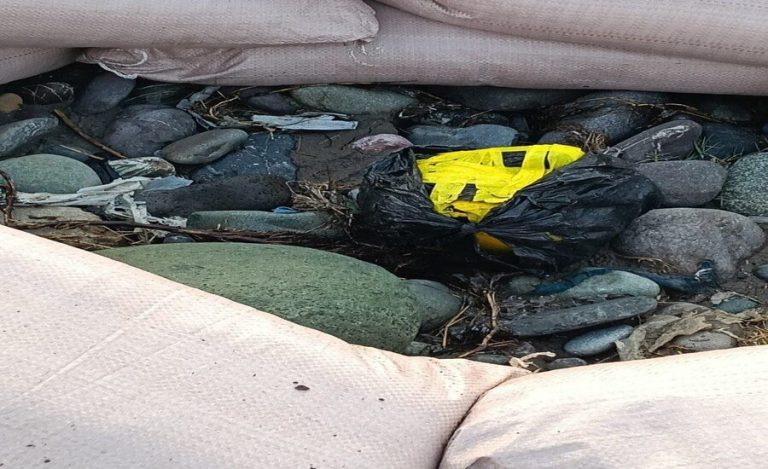The Haryana Forest Department has borrowed a large steel cage from Gujarat’s Gir National Park in a bid to capture a tiger that has wandered far from its native habitat. The tiger, identified as ST-2303 from the Sariska Tiger Reserve in Rajasthan, has been residing in a small forest patch surrounded by farmland in Jhabua for the past four weeks.
The 12×20 feet cage, designed for larger predators like lions in Gir, arrived in Rewari on Wednesday after being transported by truck. This significant step underscores the challenges faced by local wildlife authorities, as their smaller, leopard-sized cages have proven inadequate for handling the tiger.
On the night of August 14-15, a young tiger from Sariska, identified as ST-2303, ventured out of the forest and into residential areas. Reports indicated that the tiger fatally attacked four youths, severely injured others, and even chewed off a man’s hand. The ensuing panic led to a government-imposed holiday in local schools.
Repeated Attempts and Elusive Behavior
Efforts to capture ST-2303 have so far been unsuccessful despite several attempts. Forest officials initially used calves as bait on August 21, 29, and September 4. However, the tiger displayed remarkable evasiveness, taking the bait but retreating into dense foliage before officials could tranquilize it.
The tiger’s behavior has been particularly intriguing. It has made two unsuccessful attempts to return to Sariska, sneaking out of Jhabua on August 30 and again on September 7. On both occasions, ST-2303 eventually retreated to Jhabua by the following morning.

New Strategy for Capture
The arrival of the larger cage marks a strategic shift. The bait will be placed inside the cage, anchored to the far side of the trap door. The idea is that ST-2303’s weight will trigger the mechanism to close the cage once he enters.
“A spacious cage has arrived in Jhabua to capture the tiger safely. But it will not be an easy task,” noted AP Pandey, Additional Principal Chief Conservator of Forests for South Haryana. Despite the new equipment, the task remains daunting.
Current Status and Observations
Wildlife officials have not spotted ST-2303 on their cameras in the last 24 hours. A recent drone search revealed that the tiger was resting in a less accessible part of the forest, which is heavily vegetated. “We can set up the cage after evaluating his path,” an official stated.
ST-2303 first appeared in Jhabua on August 17. By August 19, the three-year-old tiger was detected by a camera trap, and his pugmarks have since been regularly observed around local water sources. This marks the second time this year that ST-2303 has ventured out of Sariska. The previous occasion in January saw him returning after four days on his own.
Experts Weigh In
The decision for ST-2303’s long trek may be attributed to the capacity limits of Sariska, which houses 40 tigers, suggesting the reserve may be reaching its carrying capacity. “It could be that ST-2303 is seeking a new territory,” explained wildlife biologist Sumit Dookia.
Dookia further commented on the forest department’s latest strategy: “It’s a game of probability. The larger cage increases our chances, but capturing a tiger always involves an element of unpredictability.”
As the forest department gears up for the next attempt, local residents and wildlife enthusiasts are keenly watching, hoping for a successful resolution to this unusual wildlife saga.



























